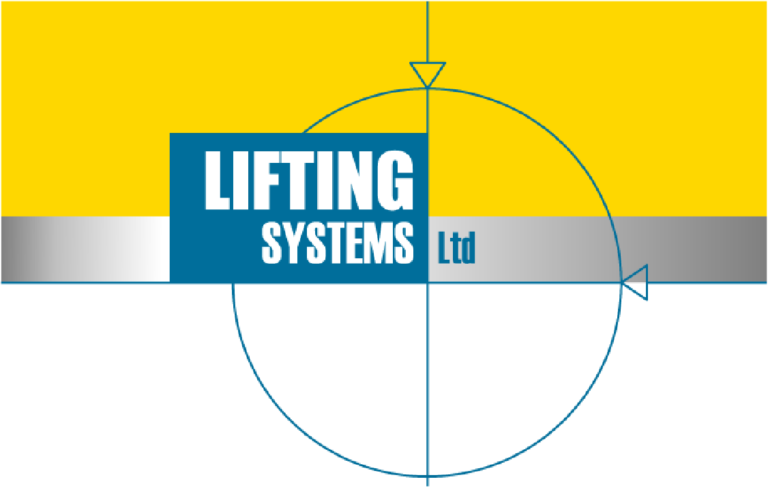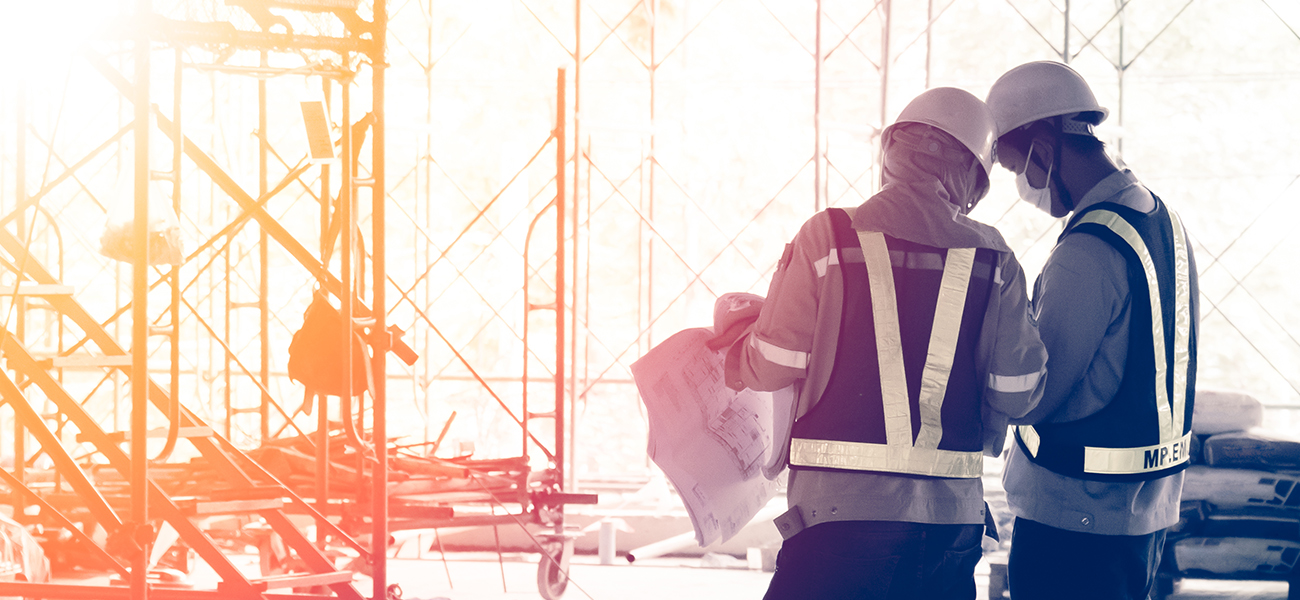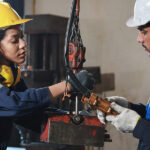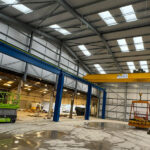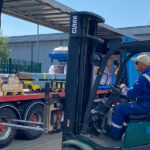When it comes to the operation of overhead cranes, safety and reliability are paramount. Regular overhead crane maintenance is not only a legal obligation but also a crucial step in preventing breakdowns, ensuring longevity, and ultimately safeguarding both personnel and productivity. In this article, we delve into the significance of overhead crane service and maintenance, exploring the benefits, processes, and potential costs of neglecting this essential aspect of industrial equipment management.
The Importance of Regular Overhead Crane Maintenance:
1. Legal Compliance and Safety:
All overhead cranes must undergo regular inspections, ranging from once a year to once a quarter, depending on usage. Lifting Systems offers a flexible service agreement with set prices and no contractual tie-ins, ensuring legal compliance and providing peace of mind to businesses. We cover the entire country and cater to various lifting equipment, including overhead cranes, jib cranes, chain hoists, monorails, and runway hoists.
2. LOLER Inspection for Added Assurance:
In addition to routine service visits, Lifting Systems provides LOLER inspections, a visual safety examination confirming the crane’s fitness for purpose. This inspection generates a Report of Thorough Examination Certificate, offering an additional level of comfort to users.
3. Comprehensive Inspection of Lifting Equipment:
Lifting Systems doesn’t stop at overhead cranes; the company also inspects lifting equipment such as chains and slings. Utilising a colour-coded inspection system, all lifting tackle is certified and removed from use if it doesn’t meet required standards, ensuring a comprehensive approach to safety.
The Service and Maintenance Process:
1. Yearly/Quarterly Service:
Regular service and maintenance are not only a legal obligation but also contribute to reduced breakdown time, extending the lifespan of lifting equipment. A general service includes functional tests and inspections of the crane, hoist, hoist motors, chains, and gearbox, with adjustments or repair recommendations as needed.
2. Common Challenges and Solutions:
Common issues with lifting equipment include wear and tear, fatigue of key components, and misuse by operators. These challenges can result in downtime and safety concerns. A LOLER inspection, when carried out, provides a Report of Thorough Examination (ROTE) dated for 12 months.
3. Signs of Wear and Tear:
Operators should be vigilant about visible signs of wear and tear, especially on ropes and pendants. However, many components are at a high level and can be monitored primarily by observing the crane’s performance.
The Role of Well-Trained Personnel:
Well-trained personnel play a crucial role in system reliability and safety. Training reduces misuse, contributing to more reliable crane operation and minimising the risk of accidents.
Financial Considerations:
1. Legal Responsibility and Costs:
Clients have a legal responsibility to regularly service and inspect their cranes. The costs associated with services/maintenance depend on factors such as travel time, parts, the number of cranes, and frequency.
2. Investing in Maintenance vs. Neglecting:
Investing in maintenance is a proactive approach that prevents potential accidents and injuries. Neglecting maintenance could lead to unlimited costs, not just in terms of repairs but also in the potential for serious accidents or injuries.
In conclusion, overhead crane maintenance is not just a legal requirement but a strategic investment in safety, reliability, and the overall efficiency of industrial operations. Choosing a reputable service provider like Lifting Systems ensures that your lifting equipment is in top-notch condition, reducing downtime, extending lifespan, and providing a secure working environment for all. Don’t neglect maintenance; invest in the longevity and safety of your overhead cranes.
